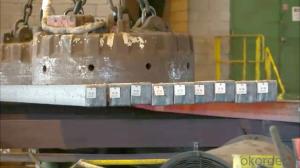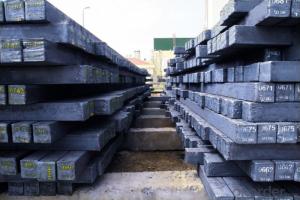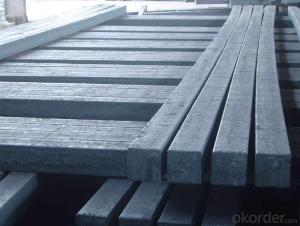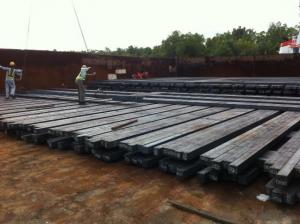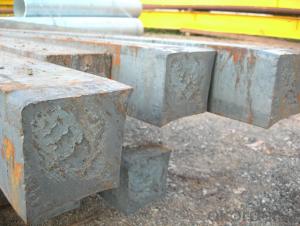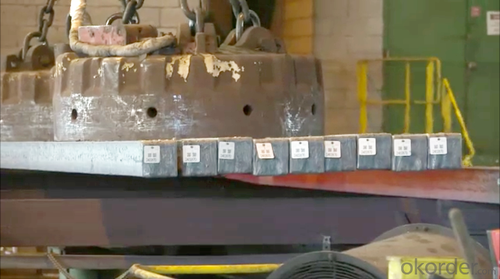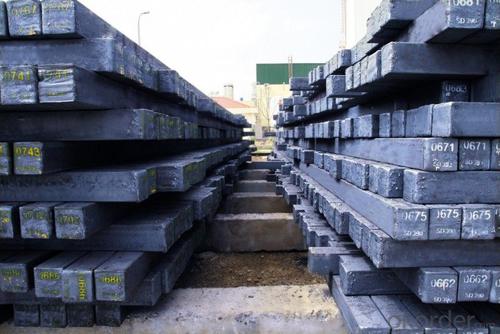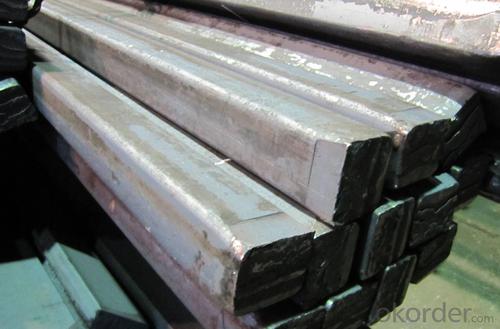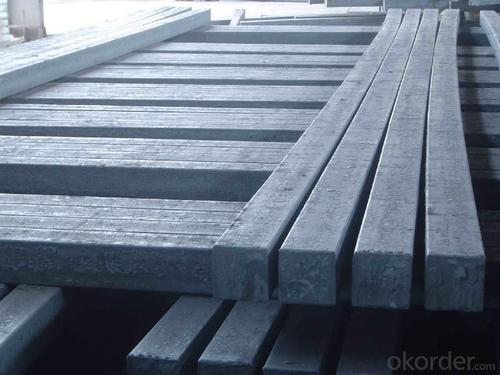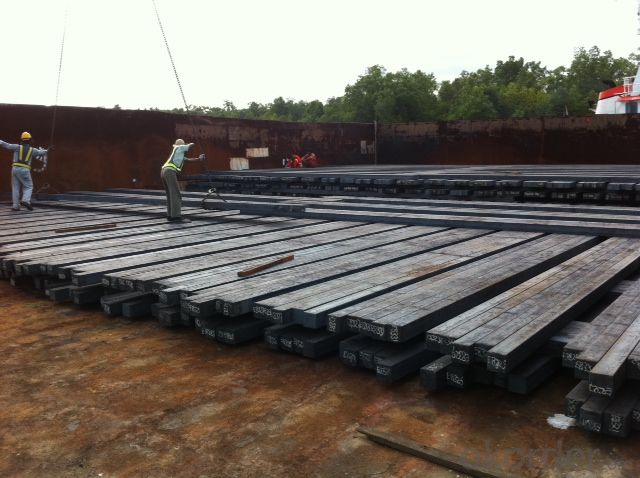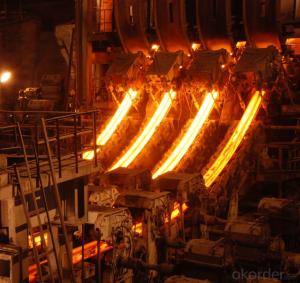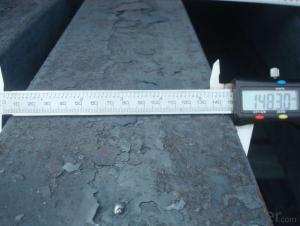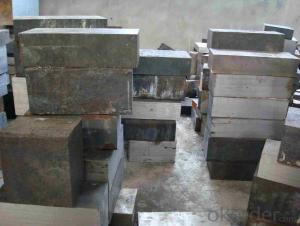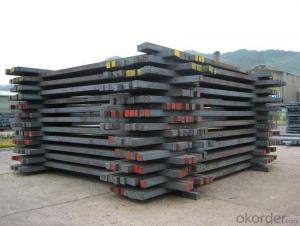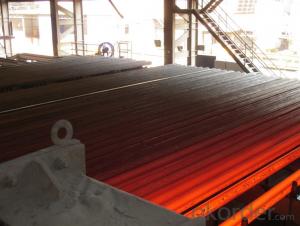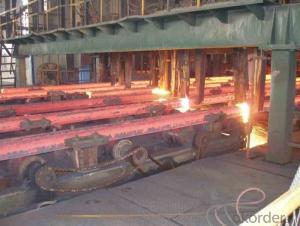Z38 BMP Rolled Steel Coil Construction Roofing Construction
- Loading Port:
- Tianjin
- Payment Terms:
- TT OR LC
- Min Order Qty:
- 100 m.t.
- Supply Capability:
- 10000 m.t./month
OKorder Service Pledge
OKorder Financial Service
You Might Also Like
Structure of Z38 BMP Rolled Steel Coil Construction Roofing Construction 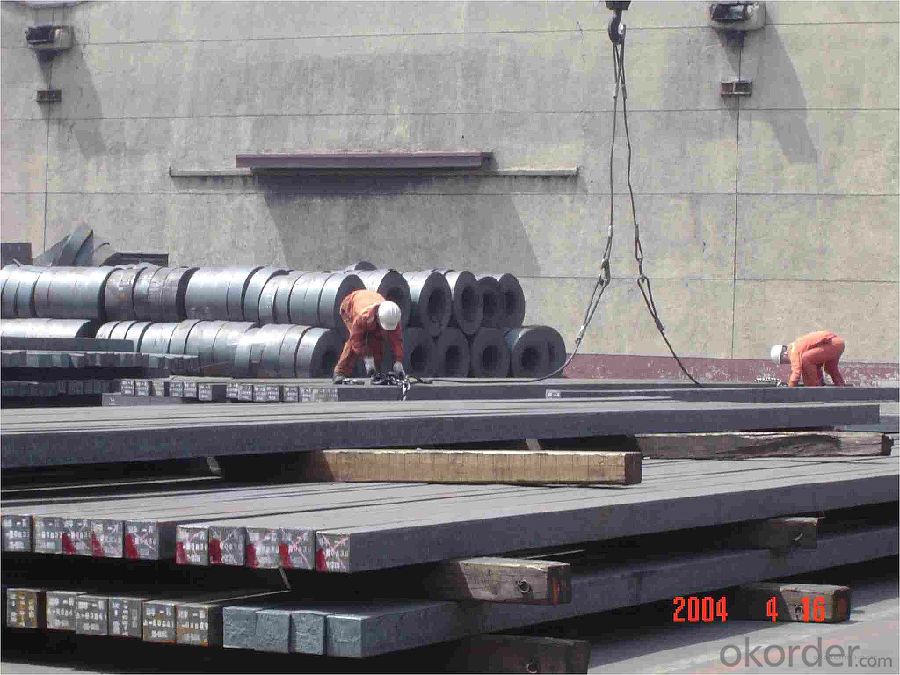
Description of Z38 BMP Rolled Steel Coil Construction Roofing Construction
PPGI is made by cold rolled steel sheet and galvanized steel sheets as baseplate, through the surface pretreatment (degreasing, cleaning, chemical conversion processing), coated by the method of continuous coatings (roller coating method),
and after roasting and cooling. Zinc coating: Z60, Z80, Z100, Z120, Z180, Z275, G30, G60, G90
Alu-zinc coating: AZ60, AZ80, AZ100, AZ120, AZ180, G30, G60, G90

Main Feature of Z38 BMP Rolled Steel Coil Construction Roofing Construction
1) Excellent corrosion resistance: The zinc layer provides a good protection of Pre-painted Galvanizeed Steel Sheet.
2) High heat resistance: The reflective surface of the material aids in efficiently reflecting the sunlight away and in turn reducing the amount of heat transmitted. The thermal reflectivity converts into energy savings.
3) Aesthetics: Pre-Painted Galvanized steel sheet is available in plethora of patterns and multiple sizes as per the requirements that given by our customers.
4) Versatility: can be used in the various areas.Standard seaworthy export packing: 3 layers of packing, inside is kraft paper, water plastic film is in the middle and outside GI steel sheet to be covered by steel strips with lock, with inner coil sleeve.
Applications of Z38 BMP Rolled Steel Coil Construction Roofing Construction
1. Construction and building: roofing; ventilating duct; handrail; partition panel;etc.
2. Electric appliance: refrigerator; washing machine; refrigerator; DVD;etc.
3.Transportation: oil tank; road sign; etc.
4.Agriculture:barn; etc.
5.Others:vending machine; game machine; etc.  Specifications of Z38 BMP Rolled Steel Coil Construction Roofing Construction
Specifications of Z38 BMP Rolled Steel Coil Construction Roofing Construction
| Classified symbol | Yield Point Minimum N/mm2 | Tensile Strength Minimum | Elongation Minimum % | Application | ||||
| N/mm2 | Nominal Thickness mm (t) | |||||||
| JIS | Yogic | 0.25-0.4 | 0.4-0.6 | 0.6-1.0 | 1.0-1.6 | |||
| G3312 | specification | |||||||
| CGCC | CGCC | -205 | -270 | -20 | -21 | -24 | -24 | Commercial |
| CGCD | CGCD | --- | 270 | --- | 27 | 31 | 32 | Drawing |
| --- | CG340 | 245 | 340 | 20 | 20 | 20 | 20 | Structural |
| CGC400 | CG400 | 295 | 400 | 16 | 17 | 18 | 18 | Structural |
| CGC440 | CG440 | 335 | 440 | 14 | 15 | 16 | 18 | Structural |
| CGC490 | CG490 | 365 | 490 | 12 | 13 | 14 | 16 | Structural |
| CGC570 | CG570 | 560 | 570 | --- | --- | --- | --- | Structural |
| ASTM Designation | Yield Point Minimum | Tensile Strength Minimum | Elongation Minimum % | Application | Q/BQB 445-2004(China standard) | ASM A653/A653M | JISG 3312 | |
| ksi(MPa) | ksi(MPa) | TDC51D+Z | (CS TYPE A+Z) | CGCC | ||||
| A653(M)-99 CS TYPE A,B,C | --- | --- | --- | Commercial | TDC52D+Z | CGCD | ||
| A653(M)-99 FS | --- | --- | --- | Lock Forming | TS250GD+Z | (G250+Z) | - | |
| A653(M)-99 DS | --- | --- | --- | Drawing | TS300GS+Z | (G300+Z) | CGC 400 | |
| A653(M)-99 SS Grade33(230) | 33(230) | 45(310) | 20 | Structural | TS350GD+Z | (G350+Z) | CGC490 | |
| A653(M)-99 SS Grade37(255) | 37(255) | 52(360) | 18 | Structural | TS550GD+Z | (G550+Z) | CGC570 | |
| A653(M)-99 SS Grade40(275) | 40(275) | 55(380) | 16 | Structural | ||||
| A653(M)-99 SS Grade50(345) | 50(345) | 65(450) | 12 | Structural | ||||
| A653(M)-99 SS Grade80(550) | 80(550) | 82(570) | --- | Structural | ||||
FAQ of Z38 BMP Rolled Steel Coil Construction Roofing Construction
We have organized several common questions for our clients,may help you sincerely:
1. How Can I Visit There?
Our company is located in Tianjin City, China, near Beijing. You can fly to Tianjin Airport Directly. All our clients, from home or aboard, are warmly welcome to visit us!
2. How Can I Get Some Sample?
We are honored to offer you sample.
3. Why choose CNBM?
1, ISO, BV, CE, SGS approved.
2, Competitive price and quality.
3, Efficient service team online for 24 hours.
4, Smooth production ability(50000tons/month) .
5, quick delivery and standard exporting package.
6, Flexible payment with T/T, L/C, Paypal, Kunlun bank, etc .
- Q: How are steel billets used in the production of marine vessels?
- Steel billets are used in the production of marine vessels as they serve as the raw material for various components and structures. These billets are typically shaped and processed to create different parts such as hulls, frames, decks, and superstructures. By being molded and welded together, steel billets provide the necessary strength, durability, and structural integrity required for marine vessels to withstand the harsh conditions of the sea.
- Q: What are the different types of surface defect detection equipment for steel billets?
- There are several types of surface defect detection equipment for steel billets, including ultrasonic testing (UT), magnetic particle inspection (MPI), visual inspection, eddy current testing, and automated optical inspection (AOI). Each of these methods has its own advantages and limitations when it comes to detecting and evaluating surface defects in steel billets.
- Q: Can steel billets be used for marine applications?
- Yes, steel billets can be used for marine applications. Steel billets are commonly used in the construction of ships, offshore structures, and marine equipment due to their high strength, durability, and corrosion resistance properties. They provide the necessary strength to withstand the harsh marine environment and can be shaped and welded to meet specific design requirements.
- Q: How are steel billets unloaded at the destination?
- Steel billets are typically offloaded at the destination using different techniques depending on the available infrastructure and equipment. One commonly used approach involves the utilization of cranes or forklifts that are equipped with lifting attachments. These machines have the capability to lift and move the heavy steel billets from the transport vehicle to the designated storage area or processing facility. In certain situations, a specialized unloading facility like a rail yard or port may be utilized. In these cases, cranes or gantry systems are often employed to efficiently transfer the steel billets from rail cars or shipping containers onto trucks or storage areas. This method allows for a more streamlined unloading process, especially when dealing with large quantities of steel billets. Another method that is sometimes employed involves the use of conveyor belts or rollers. This method proves particularly effective when unloading steel billets from a container or truck where they are arranged in a row. The conveyor belt or roller system permits a continuous unloading process, with the billets being moved along the conveyor to the desired location. Irrespective of the method employed, safety precautions are always implemented during the unloading process to ensure the well-being of workers and the prevention of any damage to the steel billets. These precautions may encompass the use of proper lifting techniques, securing the billets during transportation, and the wearing of appropriate personal protective equipment. In summary, the unloading of steel billets at the destination necessitates meticulous planning, efficient machinery, and adherence to safety protocols to ensure a smooth and successful operation.
- Q: Are steel billets used in the renewable energy sector?
- Certainly, the renewable energy sector makes use of steel billets. Steel, being a versatile material, finds its application in the construction of various components of renewable energy infrastructure. To illustrate, wind turbine towers, which are vital for generating wind energy, often employ steel billets in their production. This is because steel billets possess the necessary strength and durability to bear the immense weight and endure the harsh environmental conditions experienced by wind turbines. Furthermore, steel billets are also utilized in the development of solar power systems, including structures such as mounting structures and support frames for solar panels. These structures require a robust and dependable material like steel to ensure the stability and long-lasting nature of solar panels. Hence, it is evident that steel billets play an indispensable role in supporting and enabling the expansion of the renewable energy sector.
- Q: How are steel billets sheared into smaller sections?
- Steel billets are sheared into smaller sections using a hydraulic shear machine. The machine applies a strong force to the billet, causing it to be cut through its cross-section, resulting in multiple smaller sections.
- Q: What are the different types of steel billet casting methods?
- There are several different methods used for steel billet casting, each with its own advantages and applications. The most commonly used methods include continuous casting, static casting, and centrifugal casting. 1. Continuous Casting: This is the most widely used method for steel billet casting. In this process, molten steel is poured into a water-cooled mold, where it solidifies into a continuous strand. The strand is then cut into desired lengths by a cutting machine. Continuous casting allows for high production rates and consistent quality, making it ideal for mass production of steel billets. 2. Static Casting: Also known as ingot casting, this method involves pouring molten steel into a stationary mold, where it solidifies into a solid billet. The mold is typically made of sand or metal, and the solidification process can be controlled to obtain desired properties. Static casting is often used for smaller production runs or when specific alloy compositions or shapes are required. 3. Centrifugal Casting: This method utilizes centrifugal force to distribute molten steel evenly within a rotating mold. As the mold spins, the molten steel is pushed towards the mold walls, resulting in a uniform casting with improved density and mechanical properties. Centrifugal casting is commonly used for large and complex billets, such as those used in pipe manufacturing or turbine components. These are the main methods used for steel billet casting; however, there may be variations or combinations of these methods depending on specific requirements or technological advancements.
- Q: Are steel billets prone to corrosion?
- Corrosion is not an inherent issue for steel billets. However, the likelihood of corrosion occurring depends on the specific steel type used and the environmental conditions in which they are placed. For instance, stainless steel billets possess a considerable amount of chromium, resulting in the formation of a protective layer on the surface that greatly enhances their resistance to corrosion. Conversely, carbon steel billets lack this protective layer, leading to increased vulnerability to corrosion. The presence of moisture, oxygen, and particular chemicals can expedite the corrosion process. Therefore, it is essential to handle and store steel billets appropriately, while also applying suitable coatings or treatments to minimize the risk of corrosion.
- Q: What are the common grades of steel used for billets?
- The grades of steel commonly used for billets can vary depending on the intended application and specific requirements. However, there are several widely used grades: 1. Carbon Steel: Carbon steel billets are popular due to their affordability, high strength, and durability. Grades like AISI 1018, 1020, 1045, and 1060 are commonly chosen for general-purpose uses. 2. Alloy Steel: Alloy steel billets are blended with specific alloying elements to enhance their mechanical properties, such as strength, toughness, and corrosion resistance. AISI 4140, 4340, and 8620 are frequently utilized for applications that require increased strength, heat resistance, or wear resistance. 3. Stainless Steel: Stainless steel billets are selected for their excellent corrosion resistance and attractive appearance. Grades such as 304, 316, and 420 are commonly employed in various industries, including construction, automotive, and food processing. 4. Tool Steel: Tool steel billets are specially designed to possess high hardness, wear resistance, and toughness. Grades like AISI O1, D2, and A2 are commonly used in the production of cutting tools, dies, and molds. It is important to note that choosing the appropriate grade of steel depends on specific application requirements, such as mechanical properties, corrosion resistance, and temperature resistance. Seeking advice from a metallurgist or an industry expert can assist in determining the most suitable grade of steel for billet production.
- Q: What is the typical composition of a steel billet?
- The typical composition of a steel billet can vary depending on the specific grade and intended application. However, in general, a steel billet is primarily composed of iron, carbon, and other alloying elements. Iron is the main component of steel, typically making up around 98% of its composition. It provides the structural strength and durability of the material. Carbon is the second most important element, typically ranging from 0.02% to 2.1%. It plays a crucial role in determining the hardness and strength of the steel. Apart from iron and carbon, steel billets often contain various alloying elements to enhance specific properties. These alloying elements may include manganese, silicon, nickel, chromium, molybdenum, vanadium, and others. Each element contributes to different characteristics such as corrosion resistance, heat resistance, toughness, or machinability. Additionally, steel billets are often produced through processes like continuous casting or hot rolling, which can introduce small amounts of impurities. These impurities can include sulfur, phosphorus, and oxygen, which are typically kept to very low levels to maintain the desired quality of the steel. Overall, the typical composition of a steel billet encompasses a combination of iron, carbon, alloying elements, and minor impurities, which are carefully controlled to achieve the desired mechanical properties and performance for a wide range of applications, such as construction, automotive, aerospace, and manufacturing industries.
Send your message to us
Z38 BMP Rolled Steel Coil Construction Roofing Construction
- Loading Port:
- Tianjin
- Payment Terms:
- TT OR LC
- Min Order Qty:
- 100 m.t.
- Supply Capability:
- 10000 m.t./month
OKorder Service Pledge
OKorder Financial Service
Similar products
Hot products
Hot Searches
Related keywords
